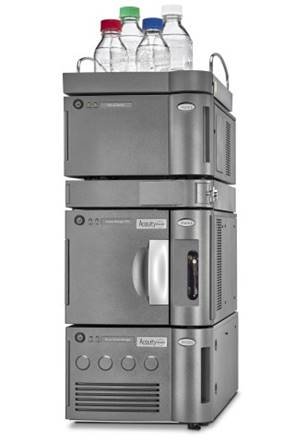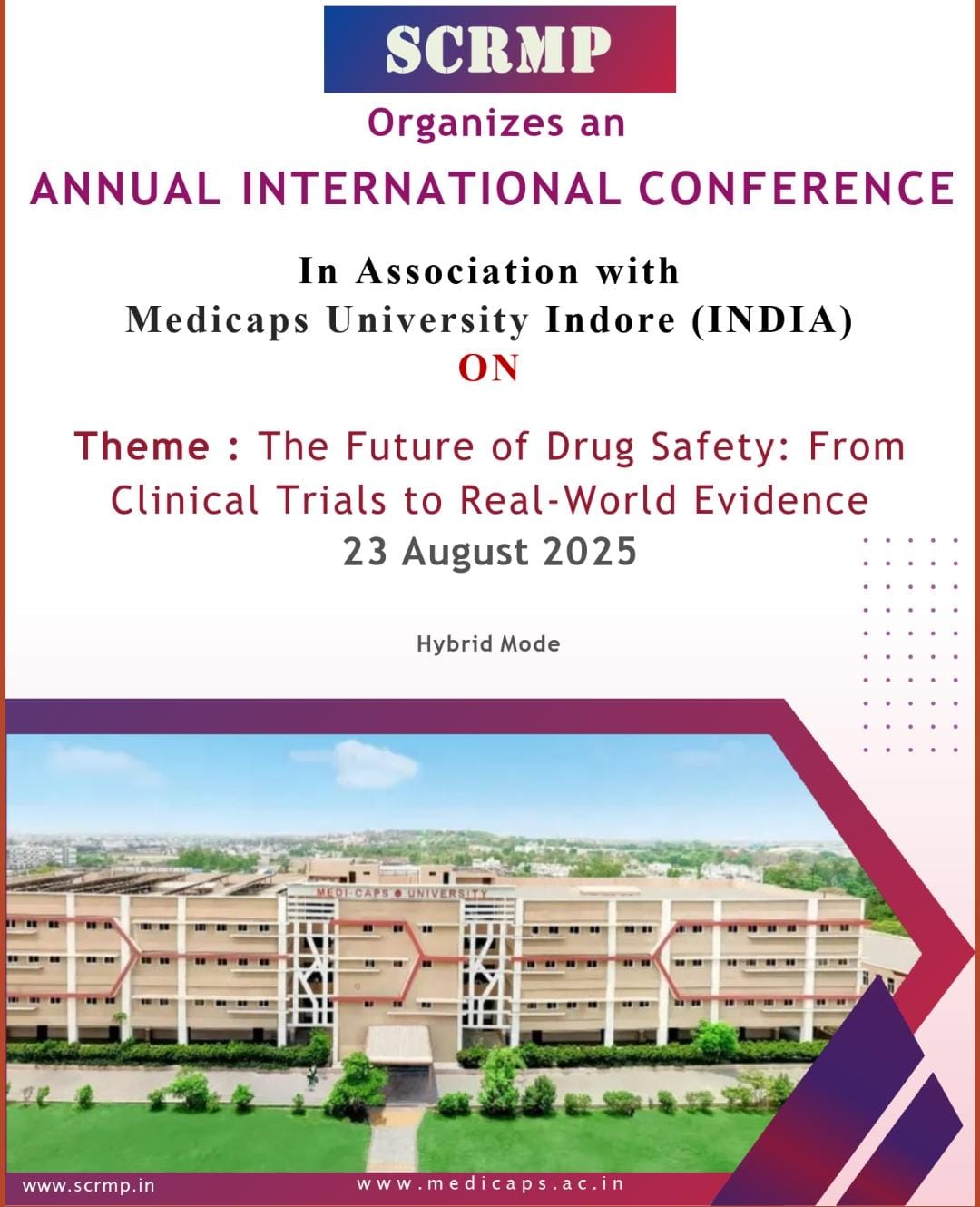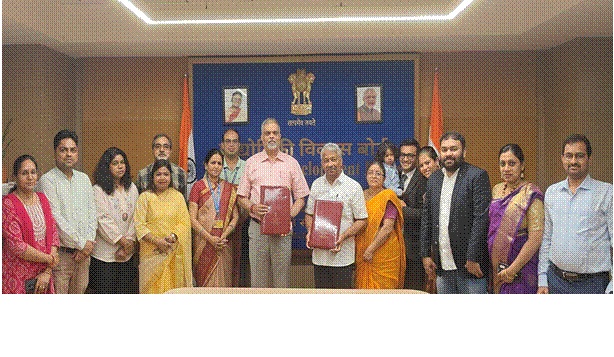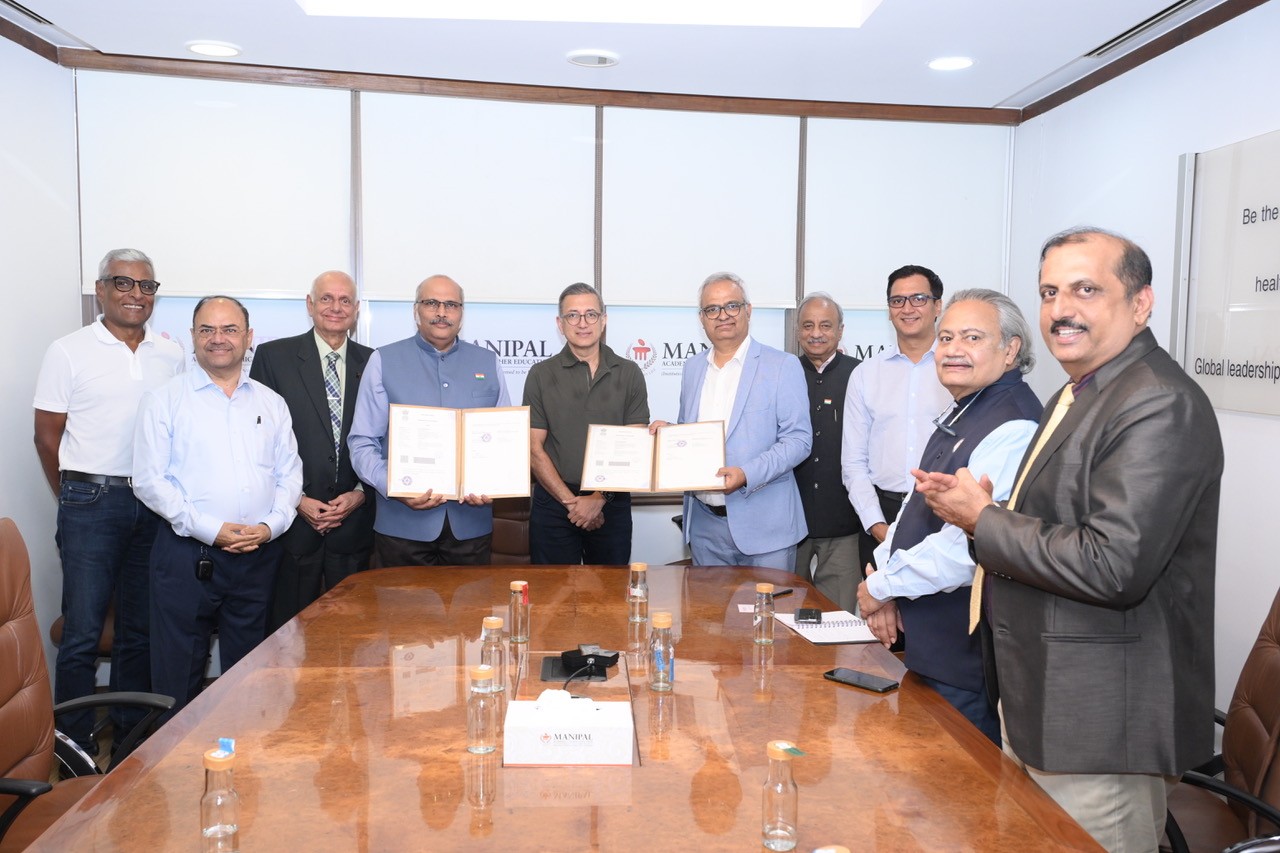Waters unveils new ACQUITY PREMIER liquid chromatography solution
February 11, 2021 | Thursday | News
ACQUITY PREMIER addresses a long-standing problem that has held back scientific progress long enough
Waters has launched ACQUITY PREMIER Liquid Chromatography Solution, which combines the ACQUITY PREMIER System with ACQUITY PREMIER Columns with MaxPeak HPS technology. It is designed to alleviate the problem of analyte/metal surface interactions when analysing organic acids, organophosphates, oligonucleotides, phosphopeptides, acidic glycans and phospholipids by reversed-phase and hydrophilic interaction chromatography.
Ian King, Senior Vice President, Global Products, Waters Corporation said, “ACQUITY PREMIER addresses a long-standing problem that has held back scientific progress long enough. We firmly believe it will redefine the value that separations science brings to scientific achievement.”
MaxPeak HPS technology is a hybrid organic/inorganic surface technology that forms a barrier between the sample and the metal surfaces of both the system and column. By mitigating, or eliminating altogether, non-specific adsorption, the ACQUITY PREMIER Solution offers many benefits, among them:
- increased analyte recovery with 10-100X improvement in detection sensitivity for low-level phosphorylated and carboxylated analytes
- sharper peak shapes and greater peak capacity for more accurate analyte identification and data interpretation
- greater reproducibility for separations prone to adsorptive losses meaning less re-work or troubleshooting
- no more system passivation to waste valuable sample material or tie up instrument cycles
- eases the transfer of methods from site-to-site and from company-to-company
- offers UPLC performance for the analysis of both metal-sensitive and non-metal-sensitive analytes making it a truly universal liquid chromatography solution
Prof Ian Wilson, Faculty of Medicine, Dept of Metabolism, Digestion and Reproduction, Imperial College London. “The improvements in peak shape and signal-to-noise ratio at low concentrations of analytes like phosphorylated drugs and lipids are obvious at a glance and very impressive, and it will make the lives of many analysts much easier.”










